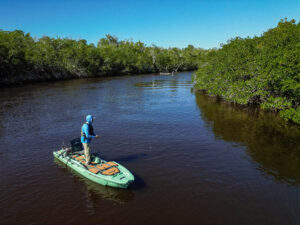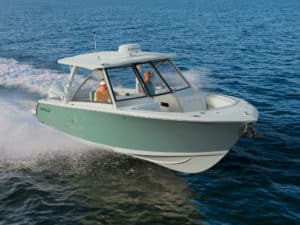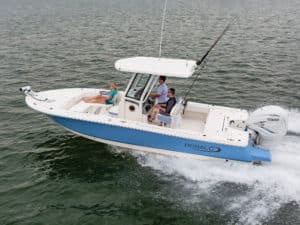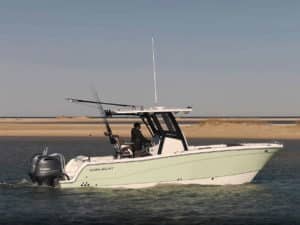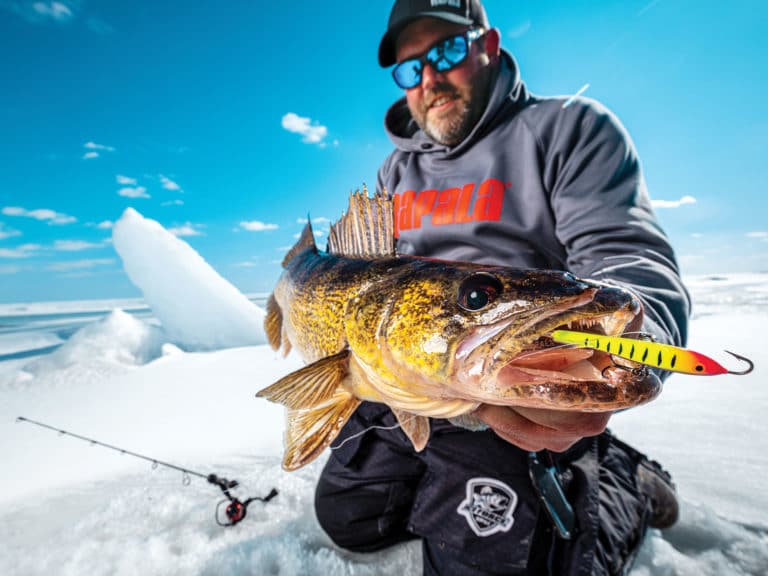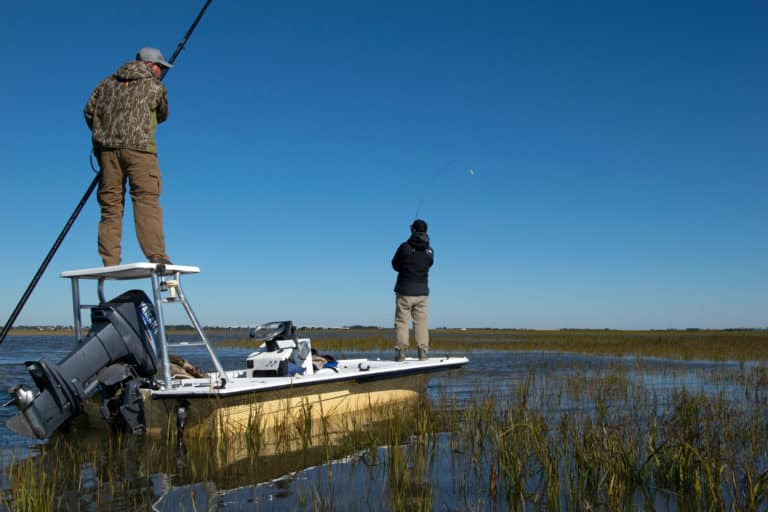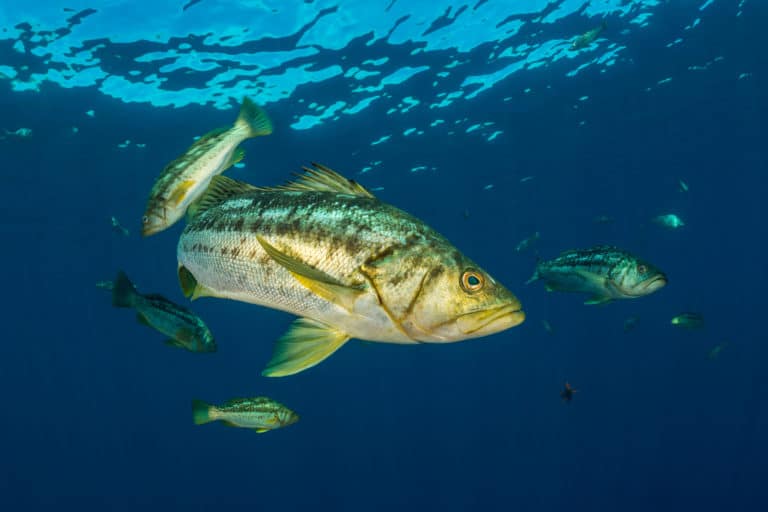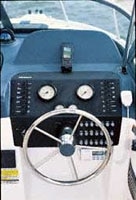
Having visited the Bayliner factory, take it from me that Bayliner has the largest research, development and engineering departments in the business. As for Bayliner construction, not only does the company use top-quality ingredients, but advanced technology as well, with syntactic foams, vinylester resin barrier coats, isophthalic gel-coats, great stringer design and construction and eminently offshore-capable hull designs. If anyone raises an eyebrow when you mention Bayliner’s Trophy series, just laugh at his ignorance.
Performance
It hit home how far outboard technology has come in recent years when I cold-started the new, still-in-the-double-oil-stage, carbureted Mercury 150-hp Bluewater outboard. Thank goodness for today’s cleaner-burning direct fuel injection and four-strokes.
Winds at 20 knots out of the southwest kicked up a nasty chop as we came out of Crystal River, Florida. Interestingly, the boat ran every bit as smoothly through the chop with the engine trimmed up for speed as it did with the engine trimmed down to cut into the waves. Upwind, we attained 43 mph at 5,600 rpm. I found 30 mph at 4,000 rpm to be a comfortable cruising speed in the sloppy conditions.
Though the seas weren’t rough by offshore standards, the chop still tested the boat’s ability to rest comfortably while drifting in a beam sea, and it passed with flying colors. The 2002 will drift from abeam to the wind to offering up its stern quarter, depending upon engine alignment. With seas on the quarter, the motion is much akin to gently swirling cognac in a snifter: somewhat circular, with a motion slightly more pronounced fore-and-aft than lateral.
A hard turn at 30 mph bled speed instantly but also turned 180 degrees in just over one boat length. The running surface grabs in a sharp turn no matter the engine’s trim angle, so moderation in handling is key.
The optional trim tabs won’t be necessary for fore-and-aft trim; adjusting the drive angle handles that admirably. However, I think I’d install them to correct side-to-side imbalance from passenger weight and engine torque.
Fishing
Admittedly, the Bayliner Trophy 2002 wasn’t designed to fish far offshore for big game. But if you fish nearshore, the 2002 performs flawlessly. In fact, considering ride, dryness, family comfort, fishability and performance, and then adding price and value into the equation, it would be hard to find a better buy than the Trophy 2002.
Why only nearshore? For one thing, the cockpit gunwale comes up to mid-knee – fine for smaller prey, but I prefer a slightly deeper cockpit for leveraging big fish. For another, the fish boxes are a tad shallow for big wahoo or more than one dolphin, and even a modest tuna would keep the lid from closing.
You’ll love the ease of anchoring on bottom structure with the handy anchor locker in the bow and a hull light enough to be easily pulled along when hoisting the hook. Then, too, at idle speeds in both forward and reverse, the 2002 spins virtually in its own length, which makes keeping a fish alongside in just the right spot much easier.
Many boatbuilders mount such tall bow rails that you stand a tinkers chance of ever getting your rod near parallel to the water while fishing from a seated position on the bow. The Bayliner Trophy 2002’s bow rail rises to the perfect height above deck. It provides foredeck security while still allowing you to sit on the padded bow seat and fish without interference.
Design/Construction
I’d definitely spring for the optional hardtop for several reasons. Walking forward with rod in hand, I found both the rail and the windshield a touch low for a tall person to use as handholds. The hardtop provides more security when you’re walking forward than a lightweight Bimini top can. Additionally, you get more rod holders across the back of a hardtop, and while you get four vertical holders on the splashwell and one more in the gunwale on each side, there’s only one under-gunwale storage spot per side. You can store more belowdecks, but that’s not convenient for instant use.
One thing I’d really like to see the factory change is the location of the white, all-around navigation light. Rather than attaching it to the top of the windshield center brace, as is commonly done, it is mounted on a light-weight aluminum pole – easily 6 feet tall – that fits into a socket on centerline in the splashwell. I personally guarantee that this pole will break the very first time you take the boat out fishing at night in any kind of sea. Someone’s sure to grab onto it for balance, and bye-bye, baby. Then, too, if you need to work your rod across the stern, the light gets in the way. The three main factors to consider when placing the all-around light are unobstructed visibility, mount sturdiness, and placement that helps to avoid the light shining in the helmsman’s eyes and stealing his night vision.
Bayliner has refined the belowdecks concept to perfection. A huge berth with an insert hides the portable head; the table offers plenty of seated headroom for four passengers to lounge. And, unlike so many stuffy cabins, Bayliner provides a great overhead hatch and two opening portholes for plenty of air circulation.
About the only thing entry-level about this boat is the price. Everything else about the Bayliner Trophy 2002 walkaround is just what any experienced angler would want.

